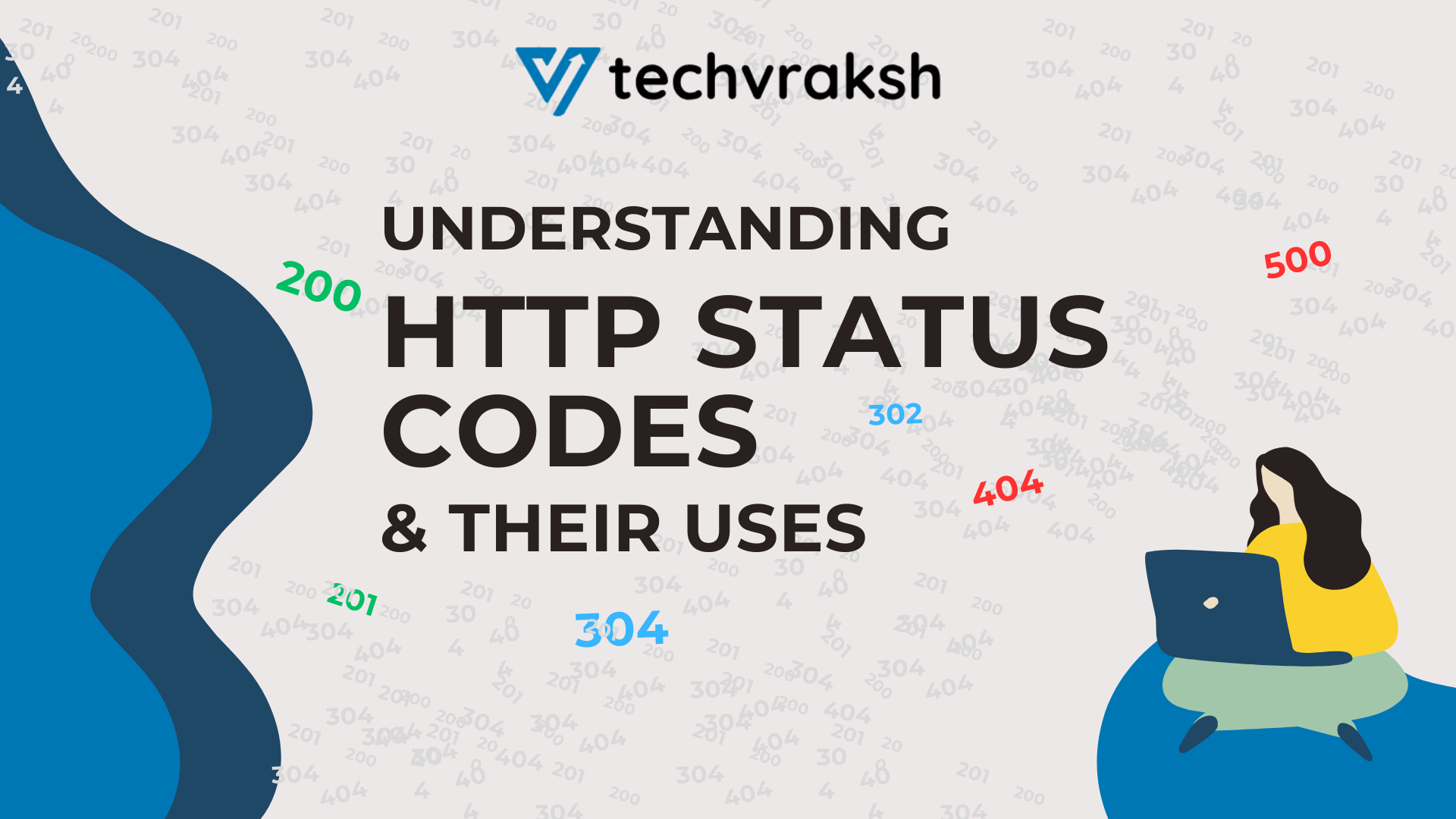HTTP status codes are the standardized responses provided by web servers to indicate the outcome of a client’s request. These codes are essential for developers and users alike, offering insight into how a web server handles requests. Whether you’re building or troubleshooting a website, understanding these codes can help identify and fix issues more efficiently.
In this blog, we’ll explore the most common HTTP status codes, explain their uses, and how to respond to them effectively.
1xx: Informational Responses
These status codes indicate that a request was received and is being processed, but no final response has been provided yet.
- 100 Continue:
The server has received the request headers, and the client can proceed with sending the request body. This is usually part of a larger process that involves client-server interaction. - 101 Switching Protocols:
Indicates that the client has requested a protocol change (e.g., from HTTP to WebSockets), and the server has agreed to switch.
2xx: Success Responses
These codes indicate that the client’s request was successfully received, understood, and processed.
- 200 OK:
The most common status code, indicating that the request has succeeded. This could mean different things depending on the type of request (GET, POST, PUT, DELETE, etc.). For example, in a GET request, it means that the requested resource was sent in the response body. - 201 Created:
The request has been fulfilled, and a new resource has been created as a result. This is typically the response to a POST request. - 204 No Content:
The server successfully processed the request, but there is no content to send back. This often occurs in cases where an update or deletion is completed.
3xx: Redirection Responses
These codes indicate that further action is required to complete the request. Often, this involves redirecting the client to a different resource.
- 301 Moved Permanently:
The requested resource has been permanently moved to a new URL. This status code is often used when a page has been replaced by a new version, and the old URL should redirect to the new one. - 302 Found:
This code indicates that the requested resource has temporarily moved to a different URL. The redirection is only temporary, so future requests should continue to use the original URL. - 304 Not Modified:
This is used for caching purposes. It means that the client already has a cached version of the resource, and it hasn’t been modified since the last request. This helps save bandwidth and improve load times.
4xx: Client Error Responses
These codes indicate that the request contains bad syntax or cannot be fulfilled by the server.
- 400 Bad Request:
This is a generic error indicating that the server cannot process the request due to a client error (e.g., malformed request syntax, invalid request message framing, or deceptive request routing). - 401 Unauthorized:
The request lacks valid authentication credentials. Often used for pages behind login screens. The client must authenticate itself to get the requested response. - 403 Forbidden:
The server understands the request but refuses to authorize it. This is usually due to insufficient permissions, such as when a user tries to access a restricted page. - 404 Not Found:
Perhaps the most well-known error, it indicates that the requested resource could not be found on the server. This can occur if the URL is incorrect or the resource has been removed. - 405 Method Not Allowed:
The request method is known by the server but is not supported by the target resource. For example, a GET request is made to a resource that only supports POST requests.
5xx: Server Error Responses
These codes indicate that the server encountered an error while processing the request.
- 500 Internal Server Error:
A generic server error indicating that something went wrong, but the server cannot be more specific. This often happens when a bug or issue prevents the server from fulfilling the request. - 502 Bad Gateway:
This error occurs when a server acting as a gateway or proxy receives an invalid response from an upstream server. It’s common when multiple servers are involved in processing a request. - 503 Service Unavailable:
The server is temporarily unable to handle the request, usually due to being overloaded or down for maintenance. Unlike the 500 status code, this error suggests that the issue is temporary. - 504 Gateway Timeout:
Similar to a 502 error, but this indicates that the server did not receive a timely response from the upstream server.
How to Handle HTTP Status Codes
Properly managing HTTP status codes is essential for creating a robust and user-friendly web application. Here are a few key practices for handling them:
- Provide Clear Error Messages:
When a 4xx or 5xx status code occurs, provide users with a clear message and, where possible, a solution to resolve the issue. For example, for a 404 error, you can display a “Page Not Found” message and suggest alternative links or a search function. - Use Redirects Smartly:
Redirect users to appropriate pages using 301 and 302 codes when resources are moved or temporarily unavailable. This helps preserve your website’s SEO and user experience. - Optimize Caching with 304:
Implement caching strategies using the 304 Not Modified code to enhance performance and reduce server load, especially for static resources like images or scripts. - Implement Proper Security:
Ensure proper authentication and authorization handling to prevent 401 and 403 errors. For instance, using secure tokens or session management can help authenticate users correctly. - Monitor Server Health:
Regularly monitor your server’s performance to avoid 5xx errors. A 500 error might indicate a bug, while 503 or 504 errors may suggest that the server is overloaded or misconfigured.
Conclusion
HTTP status codes play a crucial role in how the server and client communicate, and understanding them can significantly improve web development and troubleshooting efforts. Whether it’s improving user experience, handling errors, or optimizing server performance, these codes help keep the web functioning smoothly.
At TechVraksh, we prioritize building web applications that handle HTTP status codes efficiently, ensuring optimal performance and user satisfaction. If you’re facing web development challenges, we’re here to help with tailored solutions that meet your needs.

